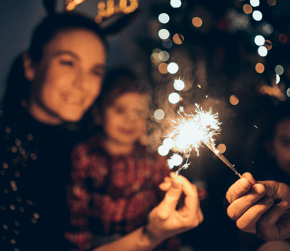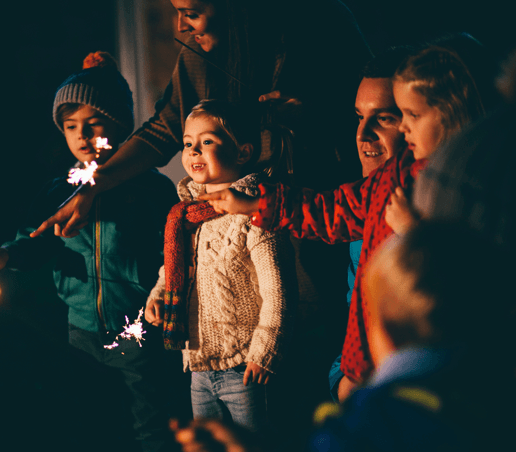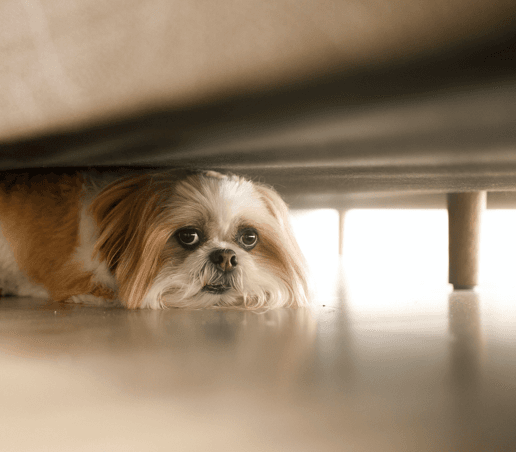Injury and fires are the two main dangers of using fireworks. Remind yourself of this short list of fireworks facts before your next show—so you’re more motivated to be careful.
Injury Statistics
- In 2017, about one-third of estimated injuries happened to children under age 15, and the most frequently injured population was children age 10–14.
- The most common injuries in 2017 were hand injuries—the same as four years earlier.
- Also in 2017, 67% of estimated fireworks injuries happened between June 16 and July 16. Around the same month in 2016, 230 people every day got emergency medical attention for fireworks injuries.
Fire Statistics
- Fireworks start about 18,500 fires annually, and the property damage totals about $43 million.
- About 2 in 5 fireworks-related fires each year happen on July 4th.
Encouraging Safety Statistics
- Between 2002 and 2017, Americans used 64.3 million more pounds of fireworks, but injuries treated by emergency departments over that period stayed fairly stable.
- Fireworks injuries represent just a small number of injuries nationally—baseball injuries, for example, are about ten times more common.
- Only 4 in every 100,000 Americans are injured by fireworks each year. But remember, that number includes people who don’t use fireworks at all, so your odds are higher if you use them.






